I'm trying to solve the following problem:
- I'm analyzing an image and I obtain from this analysis a set of segments
- I want to know the intersection of these lines (best fit)
I'm using for this opencv's function cvSolve. For reasonably good input everything works fine.
The problem that I have comes from the fact that when I have just a single bad segment as input the result is different from the one expected.

Details:
Upper left image show the "lonely" purple lines influencing the result (all lines are used as input).
Upper right image shows how a single purple line (one removed) can influence the result.
Lower left image show what we want - the intersection of lines as expected (both purple lines eliminated).
Lower right image show how the other purple line (the other is removed) can influence the result.
As you can see only two lines and the result is completely different from the one expected. Any ideas on how to avoid this are appreciated.
Thanks,
Iulian